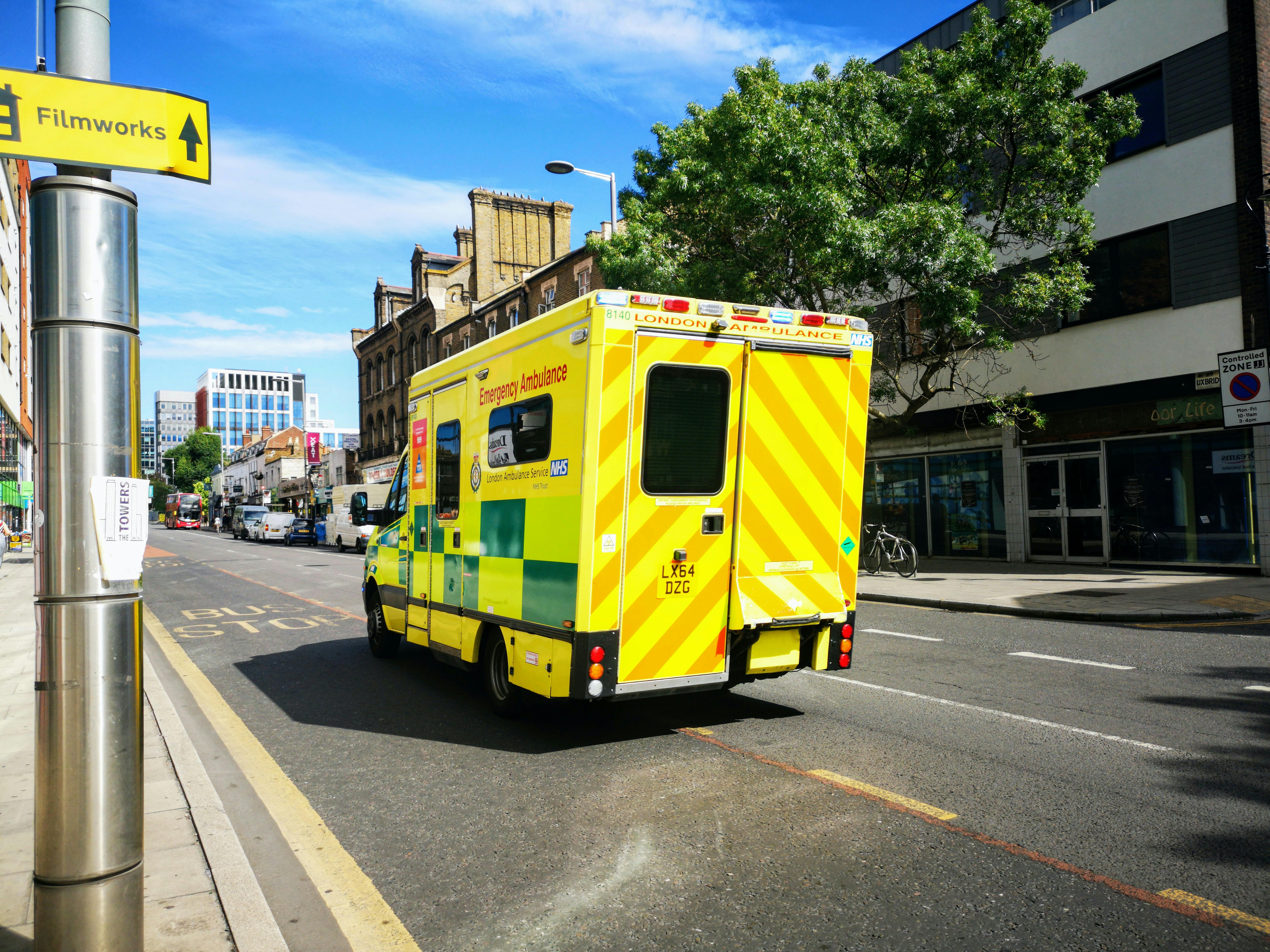By: Mike Birtwistle, Senior Counsel, Incisive Health
Cancer service performance is – and has been for many years – a good barometer of how the NHS is doing. Sadly, for some time the barometer has warned of storms ahead. A major reason why cancer services are struggling, and patient outcomes are not as positive as they might be, is the capacity crunch facing cancer services. Put simply, people are waiting too long for diagnosis and treatment, and too many staff are on the verge of burnout. It is a grim picture, but one which can be turned around.
The NHS Long Term Workforce Plan offers some hope that reinforcements for cancer services are on the way, but they will take time to have a practical impact. Although expanding the workforce is a vital step, alone it will not be enough. Efforts to address workforce shortages will take time and there are steps that can and should be taken now to free up capacity.
It is now approaching six months since I published my report on unlocking cancer capacity and now seems as good a time as any to reflect on progress made. I have been heartened by the response to Capacity to deliver, both in terms of decision-makers recognising the problem and the cancer community pushing for solutions to be adopted.
The report had three key themes and there has been some progress on all three.
Firstly, I argued that we need to declutter the cancer pathway, reducing the number of steps between referral, investigation and treatment so that patients receive a definitive diagnosis and can get on with treatment as soon as possible. Doing so will be good for patients and should free up staff time. The changes to cancer waiting time targets recently announced will help in this respect, focusing on time to diagnosis and treatment, rather than a first appointment which may or may not be necessary.
Secondly, I urged NHS services to make better use of everyone who can contribute to better cancer care. During a capacity crisis we owe it to patients and staff to use every resource possible to deliver cancer care. The announcement that there will be greater use of private sector companies in opening and running Community Diagnostic Centres should help that programme move faster, unlocking precious additional diagnostic capacity.
Finally, I supported the prioritisation of technology which could free up staff time, noting that cancer professionals are a precious and scarce resource. NICE’s work on highlighting the technologies which could improve productivity in priority areas of the NHS Long Term Plan – such as cancer treatment – is helpful in this respect. Treatments which can be taken at home, or which reduce length of stay, may deliver relatively marginal gains in isolation given the overall challenge facing cancer services, but – taken together – can they can make a significant contribution to freeing up staff time, whilst increasing convenience for patients. Of course guidance does not always mean implementation and it will be interesting to see how quickly cancer services respond.
Cost effective, capacity releasing technologies are the easy ones (and a logical place to start). However, releasing capacity will not always be cost effective. Extra capacity will be used to treat or diagnose more patients, which will incur more cost, and a technology may be more expensive in the first place. However, if the alternative is backlogs that put more pressure on staff and prevent patients from receiving a timely diagnosis and treatment, then this may be a price worth paying. In an era where the (in)ability to do more is the biggest constraint, the NHS would be wise to consider the premium it is prepared to pay to release capacity.
For many in cancer services it feels like we are already in the storm and the barometer continues to warn of more turbulence to come. However, the small steps taken in recent months show that it is possible to unlock capacity and move cancer services towards calmer times.
